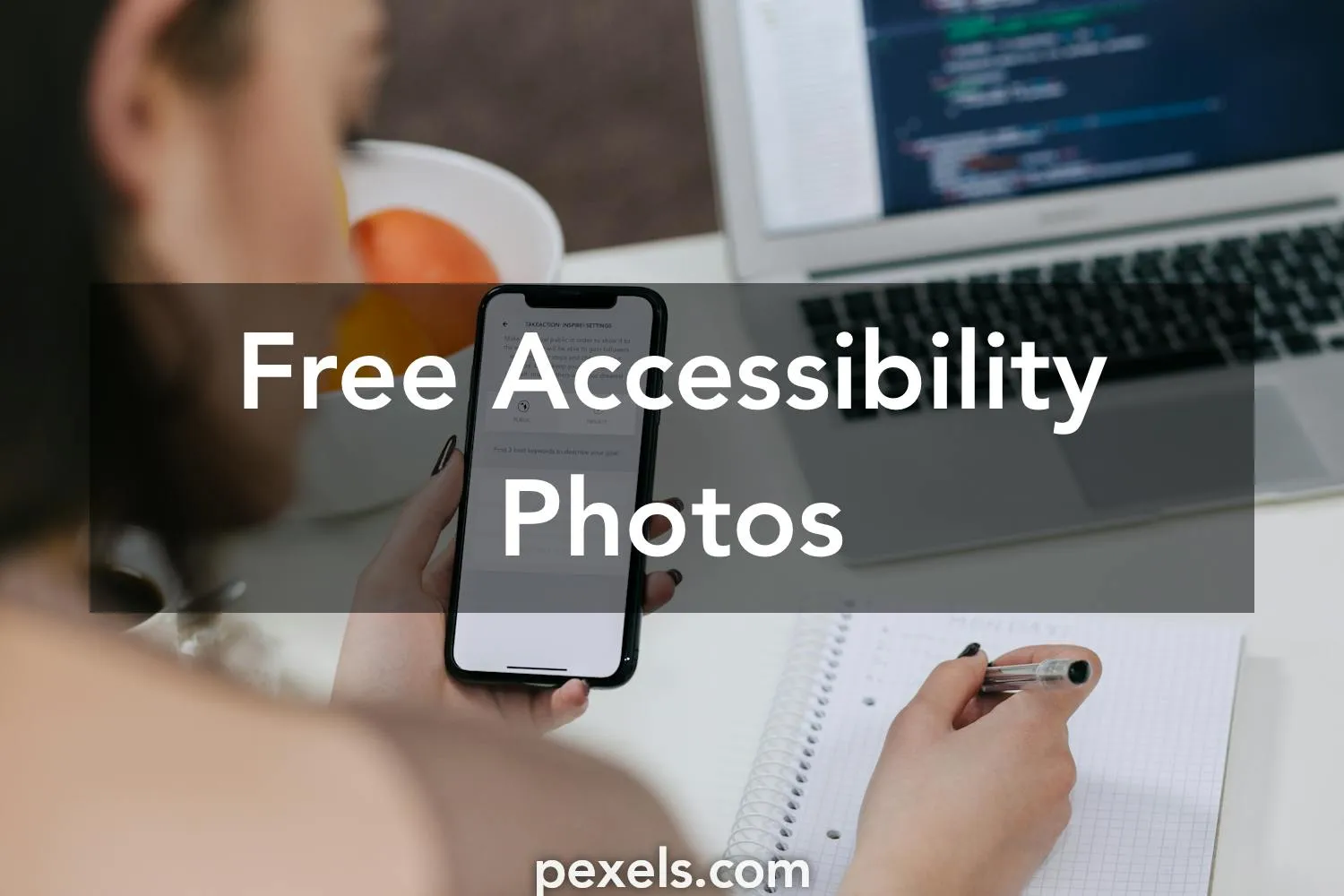You know how we often say, ‘In health, there is wealth’? Yet, how often do we ponder upon the health of those grappling with disabilities? Shedding light on this crucial issue, this article journeys into a deep dive of the health care access rule for the disabled. Let’s find out – what does it demand from providers?
Empathy Meets Health Care: Understanding the Rule
“Love thy neighbor as thyself” – a command truer than any, especially when it comes to health care providers dealing with disabled patients. This rule, you see, is more than mere legal jargon. It’s a beacon of empathy shining on the path to optimal health care provisions.
So, What Does This Rule Actually Say?
This mandate primarily underlines eliminating barriers, both architectural and communicative, that may impede disabled individuals from availing health care services. It emphasizes modifying existing policies, prioritizing convenience and ensuring apt communication methods. But wait, what does this imply for providers?
Responsibility Beckons: What’s Expected of Providers
- Conforming to architectural standards for new constructions and renovations to ensure ease of access for the disabled.
- Offering auxiliary aids and services that substantially assist communication with disabled patients.
- Modifying policies and practices to accommodate the needs of disabled individuals unless it fundamentally alters the nature of the health service.
Does the Rule Impact the Cost for Disabled Patients?
No, bursting that myth right here. Providers cannot impose special charges on disabled individuals for the provision of these auxiliary aids or services. It’s all about inclusivity, you see.
FAQs – Decrypting Queries
Q1: How Does This Rule Aid Deaf or Blind Patients?
This rule encompasses providing interpreters who can communicate effectively, accurately, and impartially, both receptively and expressively. For patients who are blind or have low vision, the rule assures providing written information in accessible formats like braille or large print.
Q2: What if a Healthcare Provider Cannot Instantly Cater to a Disabled Individual’s Needs?
While the importance of immediate care cannot be neglected, this rule takes into account undue burdens that healthcare providers may face. In cases where immediate accessibility is not possible, the provider is expected to offer alternative methods of care in the meantime.
Defining a New Era?
Our journey into understanding health care access for the disabled illuminates not only what’s expected of providers but also the esteem held for inclusivity in our society. Does this rule sound the trumpets of a brave new world for health care? Only time will tell.

